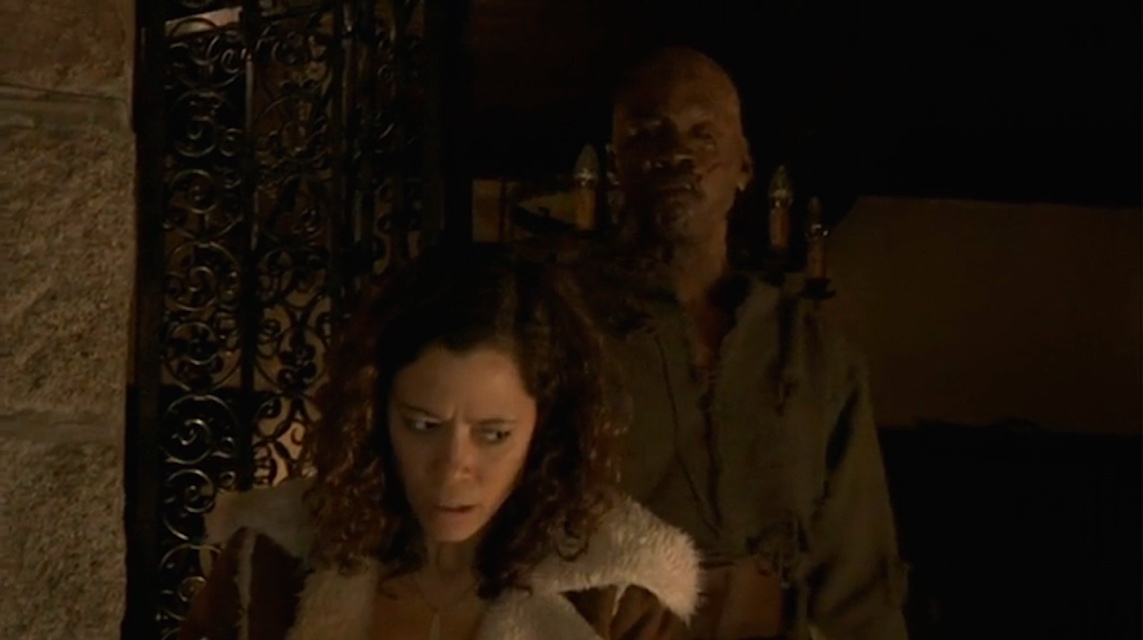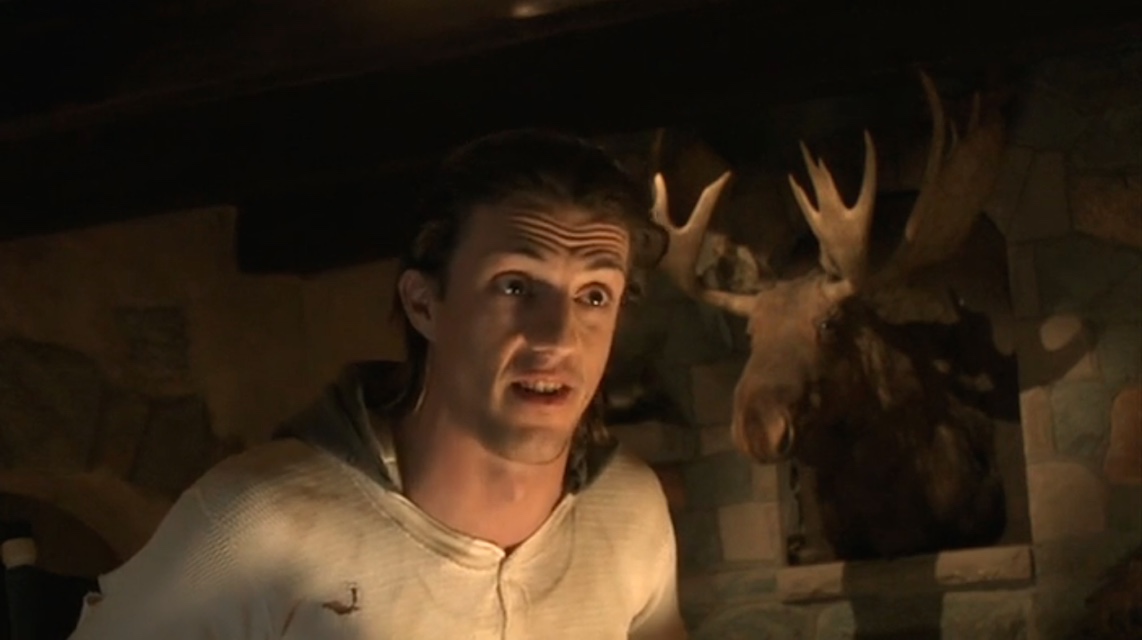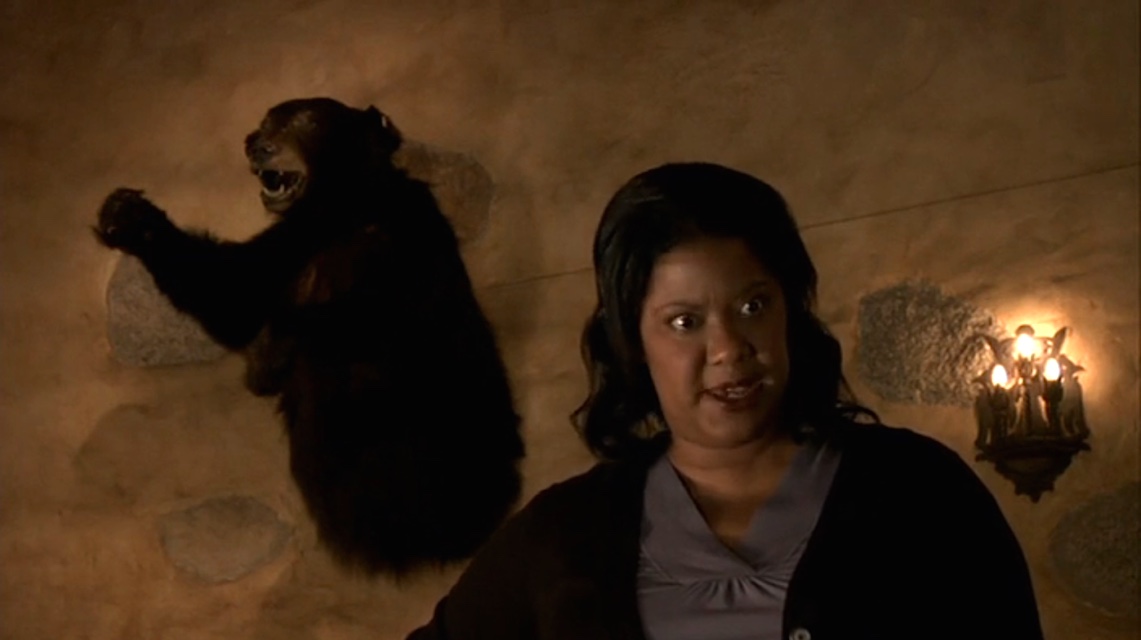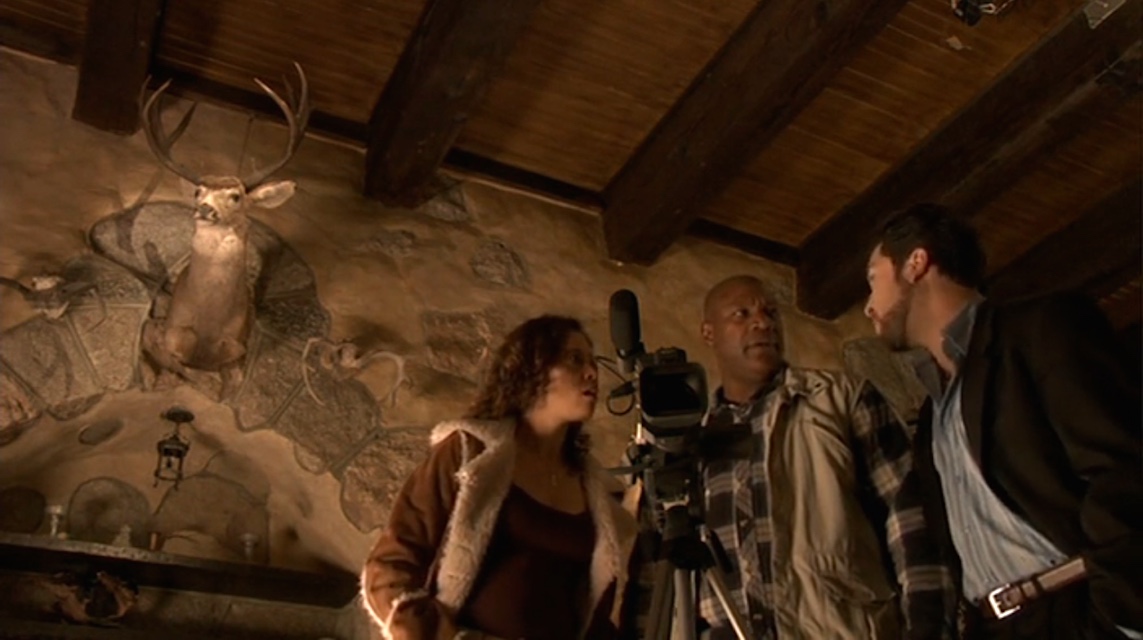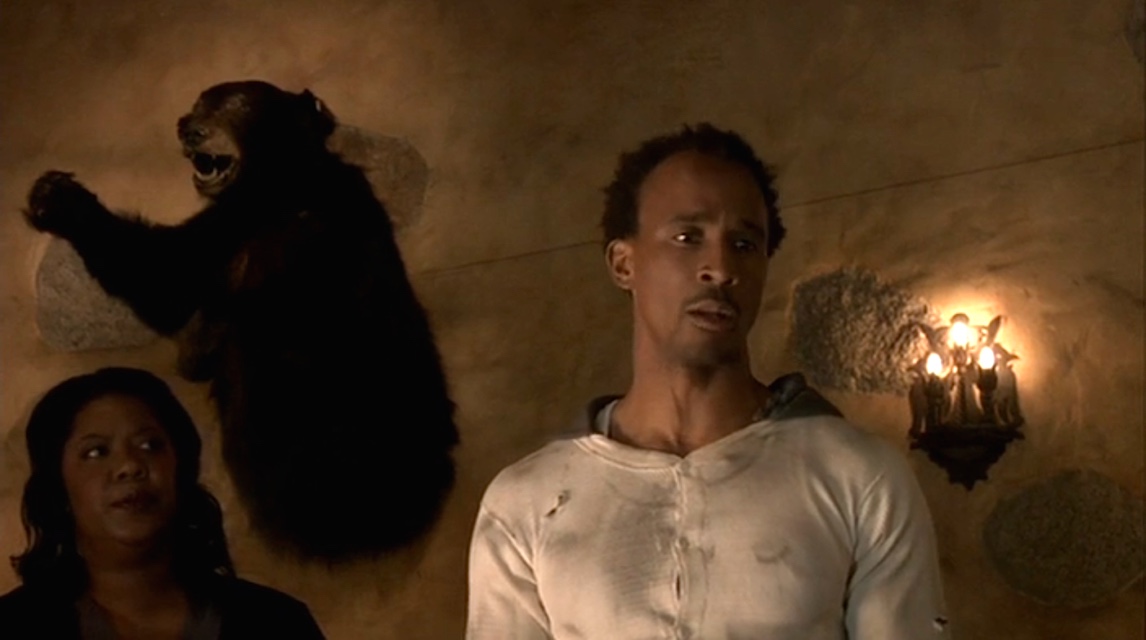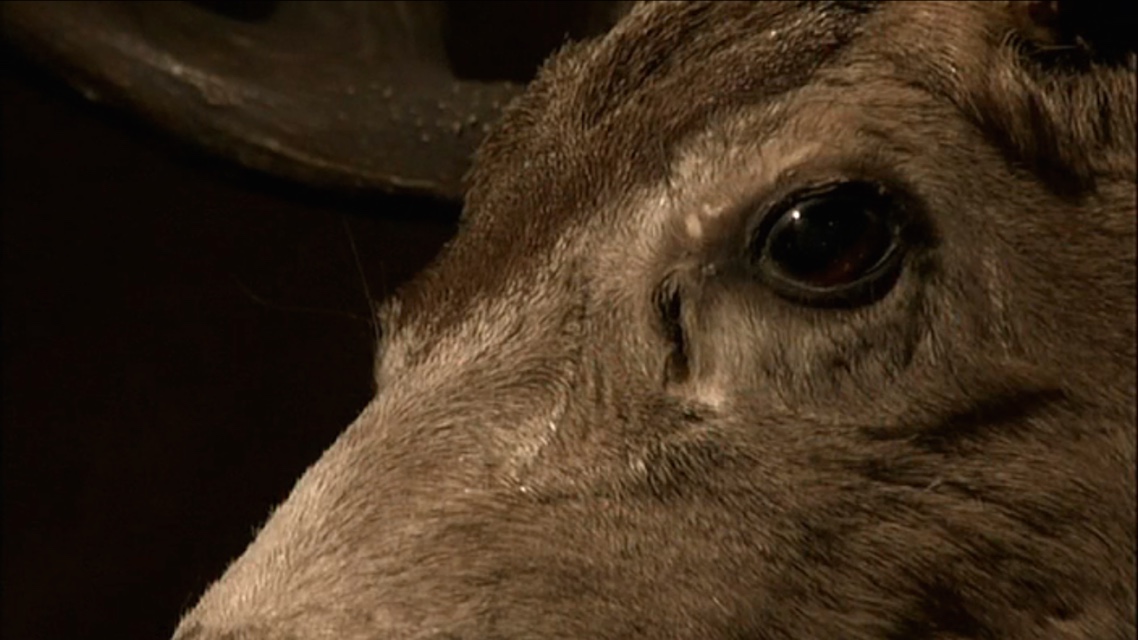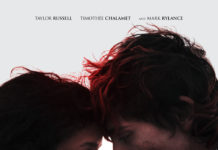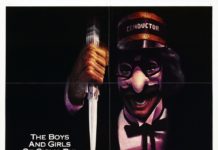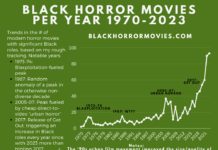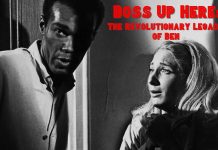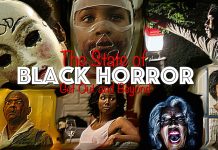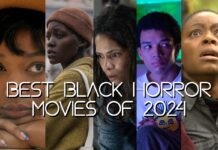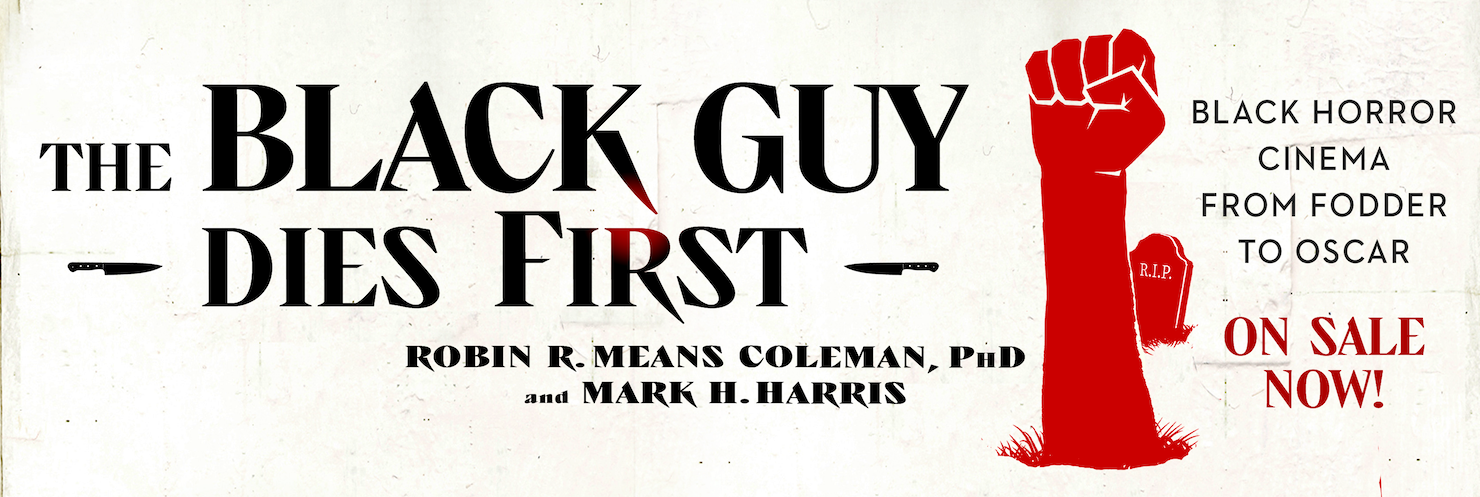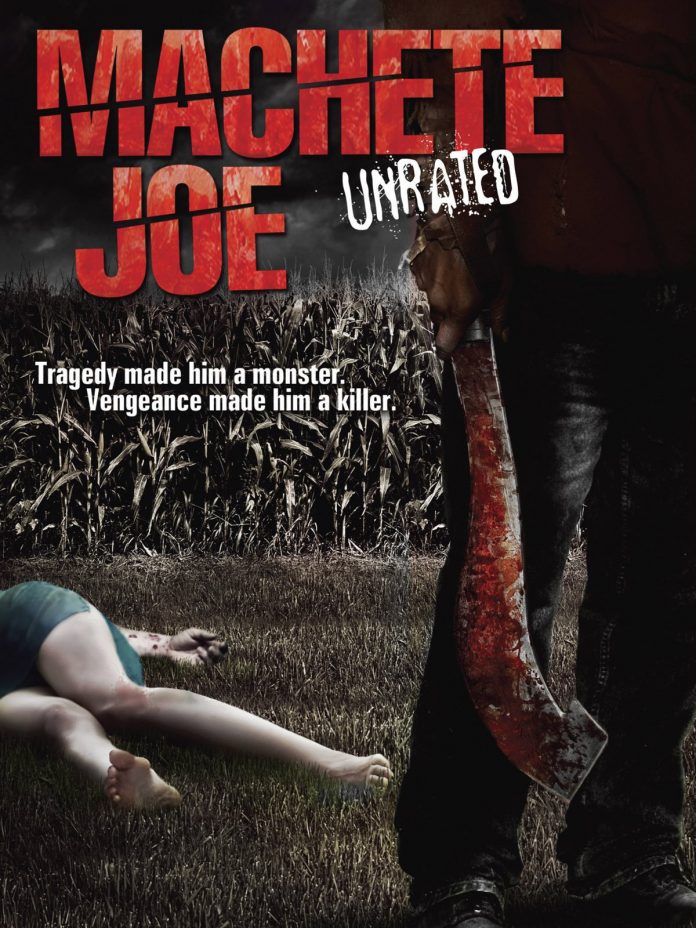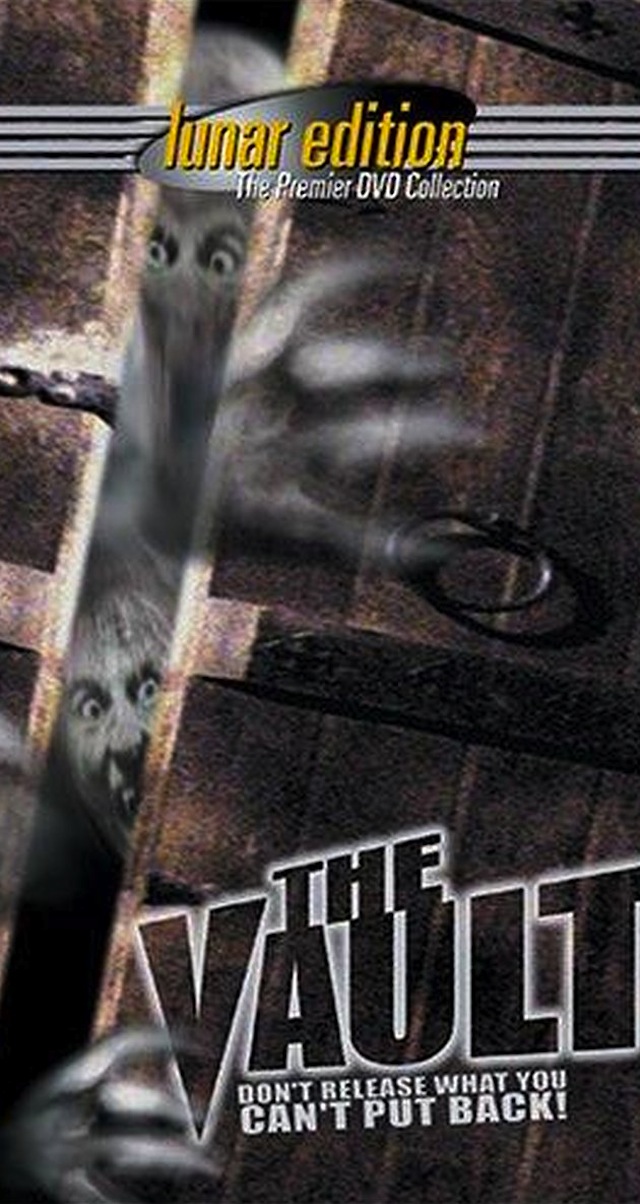Looking at its cover art, Machete Joe seems like just another cheapo slasher movie, but a couple of things set this film apart from the pack. First, the cast — including the killer — is primarily black (not that you can tell from the light-skinned victim and the shadowy killer on the artwork, which no doubt aims to broaden the film’s appeal by keeping it racially ambiguous, although it ends up making it look hopelessly generic).
This race washing is a shame because the other aspect that sets Machete Joe apart is the number of familiar faces in the cast. For a movie that clearly has a meager budget, it’s impressive that it managed to scrape together notable names like Ernie Hudson (Ghostbusters), Austin Stoker (Assault of Precinct 13, Abby, The Zebra Killer), Erica Gimpel (Fame), character actor extraordinaire Art Evans (Fright Night, Die Hard 2, A Soldier’s Story), Christina Marie Moses (Containment, The Originals) and Jamaican star Paul Campbell (Dancehall Queen, Third World Cop).
Unfortunately, the movie doesn’t live up to the star power, and veterans Hudson, Stoker and Evans in particular have small roles that are well beneath their talents.
The story is one of those meta “horror filmmakers end up in a scenario that mirrors their movie” deals, as a movie crew headed by director Erica (Gimpel) and producer Stan (Jason Bonduris) shoot a story based on a local legend about a mentally challenged woman who was raped by two men and reported seeing a figure holding a machete standing in the shadows. According to legend, several days later, the culprits went missing, rumored to have skipped town, but could they have been victims of the machete man’s vengeance? Little does the crew know that while filming their recreation of the rape, they’re being watched by the real “Machete Joe,” whose bloodlust is reignited upon witnessing the (pretend) violence.
As cliché-ridden as the script is, it manages to throw in some interesting racial dynamics — particularly when it comes to the politics of Hollywood casting. When Stan, who’s white, argues with Erica, who’s black, about who should play the killer, he states bluntly, “You know damn well white folks in the Midwest aren’t gonna pay their hard-earned cash watching a black man chop up a bunch of white people!” This sentiment, which is portrayed as an indication of Stan valuing money over morals, is ironic, of course, in light of Machete Joe‘s own de-Negrofied cover art.
Clocking in at barely 80 minutes (including credits), though, there’s little time for depth in the movie, and genre conventions end up ruling the day. While there’s not a lot that’s inherently bad about the script (which, in this level of straight-to-video fare, is a compliment), it’s just a ho-hum affair, inert and predictable, with the typical shortcomings of any bare-bones slasher (Like, how can a dozen able-bodied people get overpowered by one guy with a machete?)
Led by the aforementioned acting vets, the cast performs ably, even though the perpetually squabbling characters aren’t particularly likable. The real issue is the direction and editing, which feel rushed — plagued by weird angles (including some strange need to include mounted animal heads in the background of every other scene), disorienting shots and awkward cuts. It’s enough to make you wonder if it was edited with a machete.
